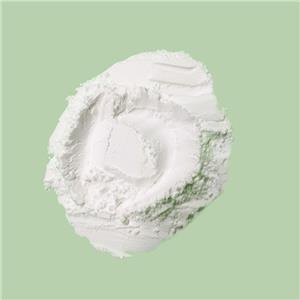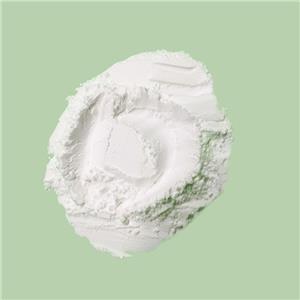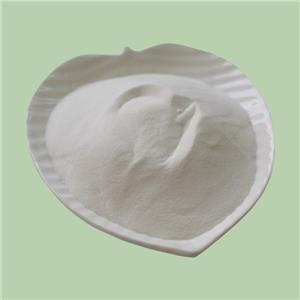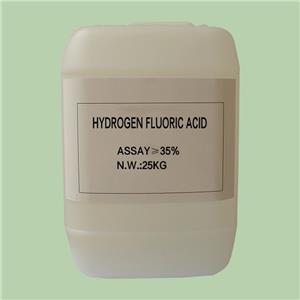Why Hydrofluoric Acid Is the Go-To Solution for Glass Cleaning
Glass cleaning may sound like a straightforward task, but in industries where precision, purity, and functionality are paramount, achieving the required level of cleanliness is anything but simple. Hydrofluoric acid (HF) has emerged as the leading solution for glass cleaning in such high-stakes applications. Known for its unique chemical properties and powerful cleaning ability, HF is indispensable in sectors ranging from electronics to scientific research. In this article, we’ll explore why hydrofluoric acid is so widely used for glass cleaning and highlight its specific advantages and benefits.
The Unique Chemistry of Hydrofluoric Acid
Hydrofluoric acid is no ordinary acid. Unlike traditional acids such as sulfuric or hydrochloric acid, which merely clean surface-level contaminants, HF can dissolve silica (SiO2), the main constituent of most glass. This remarkable ability arises from HF’s small molecular size and its highly reactive fluorine atoms.
When applied to a glass surface, HF reacts with silica to form soluble silicon tetrafluoride (SiF4) or hexafluorosilicic acid (H2SiF6). These compounds can be easily washed away, leaving behind an impeccably clean surface. This molecular-level cleaning is crucial for industries requiring ultra-smooth, residue-free glass.
Advantages of Hydrofluoric Acid in Glass Cleaning
1、Precision Cleaning at a Microscopic Level
Hydrofluoric acid goes beyond mere dirt removal. Its chemical reactivity allows it to clean glass surfaces at the molecular level, removing micro-scale residues, oxides, and other contaminants. This is especially beneficial for:
● Semiconductors: HF removes impurities that can compromise the delicate circuits etched on silicon wafers.
● Optical Lenses: Even the slightest imperfection on a lens can distort light transmission. HF ensures flawless clarity for high-end optical components.
2、 Surface Etching for Enhanced Functionality
In some applications, cleaning is not the only goal. HF’s ability to lightly etch glass surfaces can improve their performance. For instance:
● Adhesion Improvement: Etching creates a microscopically roughened surface that enhances adhesion for coatings, films, or adhesives.
● Customized Surface Properties: By carefully controlling HF exposure, manufacturers can achieve the desired level of transparency or reflectivity in glass.
3、Compatibility with High-Precision Standards
Industries such as electronics, aerospace, and medical devices rely on HF because no alternative matches its precision. For example:
● In the semiconductor industry, silicon wafers must be contaminant-free to ensure efficient electron flow and prevent defects. HF achieves this with unparalleled accuracy.
● Laboratories use HF to clean analytical glassware, eliminating residues that could skew experimental results.
4、Efficiency and Cost-Effectiveness
HF’s exceptional reactivity means that even dilute solutions (1-5%) are highly effective, minimizing chemical usage while delivering superior results. Its efficiency reduces the need for multiple cleaning steps, saving time and resources.
5、Versatility Across Glass Types
Not all glass is the same. From borosilicate to fused silica, different types of glass are used in diverse applications. HF is versatile enough to clean all these varieties, adapting to varying chemical compositions.
Applications Highlighting HF’s Advantages
1、Flat Panel Displays and LCD Screens
The manufacturing of LCDs and flat-panel displays requires ultra-clean glass to ensure flawless image quality. HF removes all contaminants that could interfere with pixel alignment or light transmission.
2、Solar Panels
Solar panel efficiency depends on the purity of their glass components. HF cleans and etches these surfaces to optimize sunlight absorption, enhancing energy conversion rates.
3、Medical and Diagnostic Equipment
In medical applications, cleanliness is non-negotiable. HF ensures diagnostic glass components, such as microscope slides or blood test cuvettes, meet strict hygienic and functional standards.
4、Optics and Photonics
From telescopes to laser lenses, optical components must be free of microscopic imperfections. HF ensures these surfaces deliver precise light manipulation, critical for advanced optical devices.
How Hydrofluoric Acid Stands Out
1. Customizability
Hydrofluoric acid’s action can be precisely controlled by adjusting its concentration, application time, and environmental conditions. This flexibility makes it adaptable to a wide range of glass-cleaning requirements.
2. Dual Functionality: Cleaning and Etching
Few cleaning agents offer the dual benefits of thorough residue removal and controlled etching. This makes HF unique in applications requiring both purification and surface modification.
3. Unmatched Purity Levels
HF achieves levels of cleanliness that other acids cannot, especially when dealing with submicron particles or chemical residues. This precision is vital for industries like electronics and optics, where contamination can cause catastrophic failures.
Balancing Power and Safety
While hydrofluoric acid offers unparalleled benefits, its use demands extreme caution. HF is highly toxic and corrosive, capable of penetrating skin and reacting with bodily calcium. As a result, industries employing HF must adhere to stringent safety protocols:
● Personal Protective Equipment (PPE): Workers handling HF wear specialized gloves, goggles, and protective clothing.
● Engineering Controls: Facilities are equipped with fume hoods and ventilation systems to prevent HF vapor exposure.
● Emergency Preparedness: Calcium gluconate, an antidote for HF exposure, is kept on hand in all HF-handling areas.
These measures ensure that HF’s advantages can be safely harnessed without compromising worker health.
Future Prospects and Sustainability
As industries strive for greener solutions, researchers are exploring safer alternatives to HF for glass cleaning. While progress is being made, HF remains irreplaceable for many high-precision applications due to its unmatched effectiveness. Innovations such as automated HF handling systems and neutralization techniques are helping to minimize its environmental and safety impact, ensuring it remains a valuable tool in the years to come.
Hydrofluoric acid has earned its place as the gold standard in glass cleaning thanks to its unique chemistry, unmatched precision, and adaptability. Whether it’s preparing silicon wafers for microcircuits, cleaning optical lenses for scientific instruments, or etching glass for solar panels, HF delivers results that no other substance can match. While safety concerns must always be a priority, the benefits of hydrofluoric acid far outweigh its risks when handled correctly.
For industries where cleanliness and precision are non-negotiable, HF remains an indispensable ally, helping pave the way for technological and scientific advancement.




